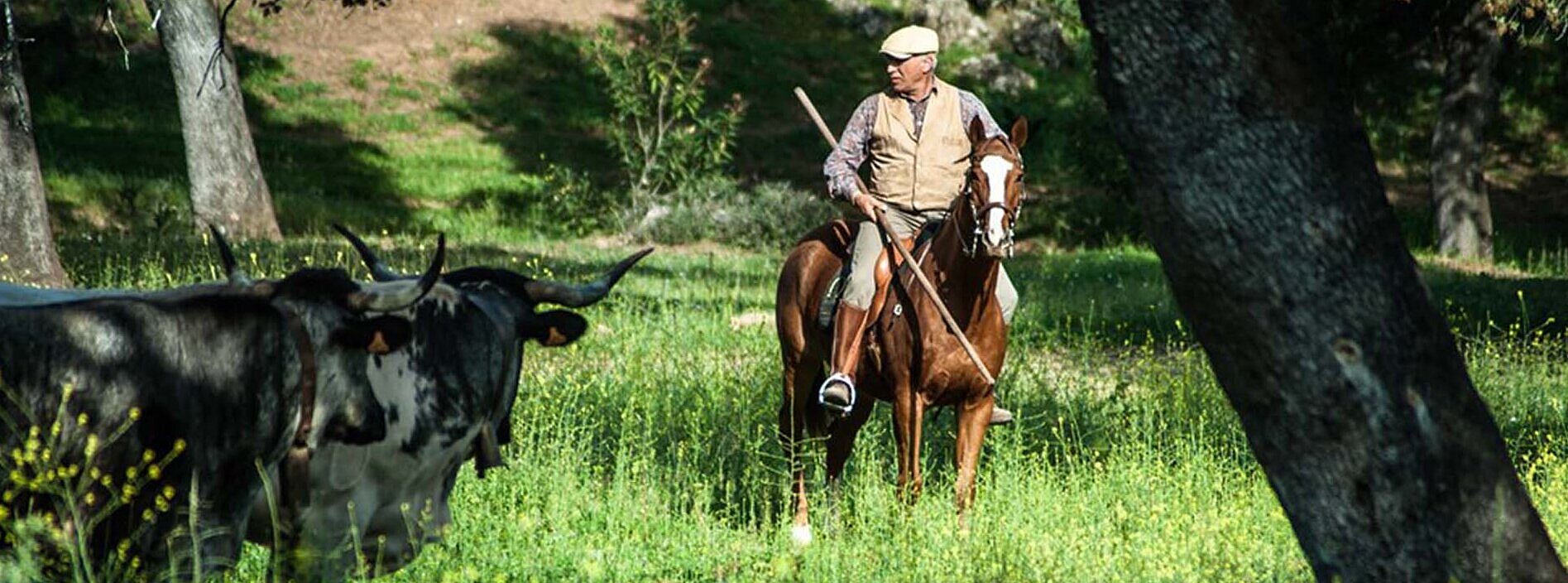Origins of the working riding style in southern Europe
What has been known in southern European countries as "Equitacao de Trabalho", "Doma de Trabajo" and "Monta da Lavoro" for a number of years has also been gaining more and more fans in Germany in recent years. Under the name "Working Equitation", which was previously used more in Great Britain, this young equestrian discipline is now on everyone's lips.
More and more riders are fascinated by this versatile discipline. Ever since the Working Equitation World Championships in Munich in 2018, where the German team won the gold medal in the overall team classification and cattle work for the first time, worker fever has broken out. But what is working equitation anyway?
From the working riding style to the competition discipline
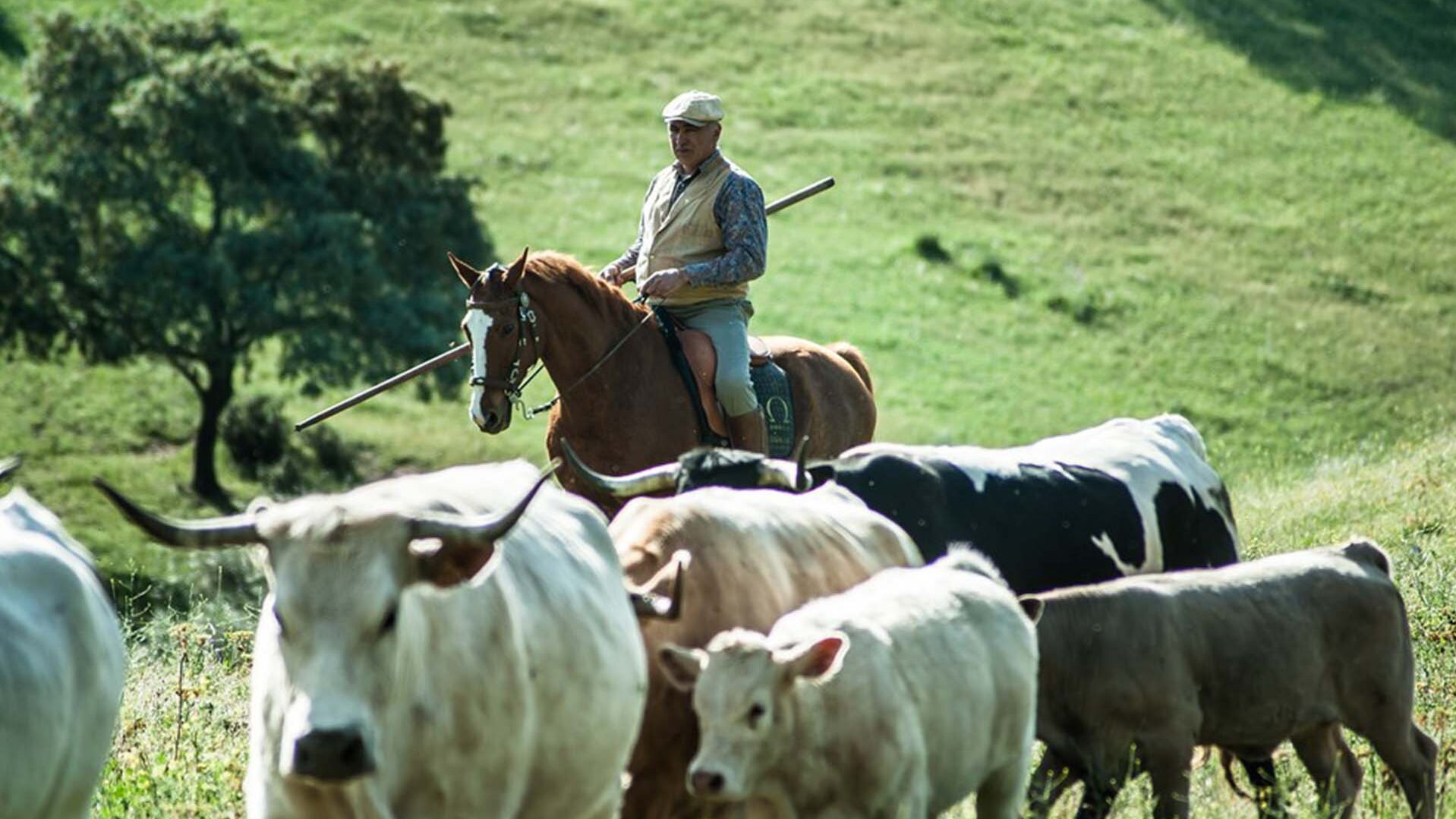
Working Equitation - A relatively young competition discipline, which is based on the many tasks performed by horses in agriculture, including the proud Spanish Vaqueros, the Gardiens of southern France with their charming Camargue horses and the Italian Butteri.
It brings together all the traditional southern European working riding styles from which western riding also emerged a long time ago. These working riding styles were partly forgotten until a small circle took them up and promoted them as a competitive discipline.
Common regulations
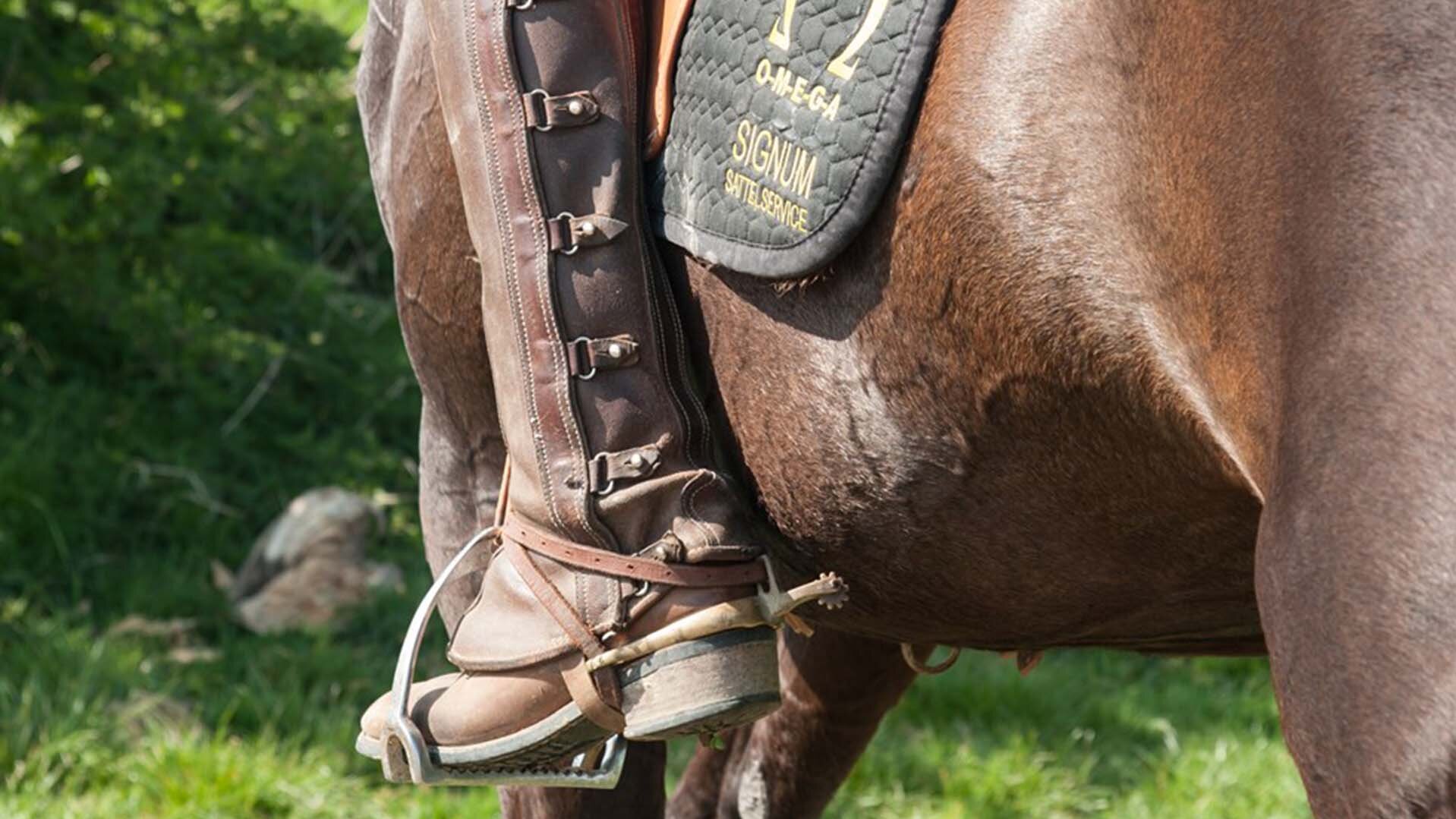
The young equestrian discipline of Working Equitation was born out of the desire to preserve the traditional Southern European working riding styles and make them known beyond their borders. The various national trends in working equitation can compete with each other thanks to the common set of rules and at the same time present and carry on their own traditions.
But working is far more than just a competition discipline - it is the love of training a courageous partner with whom any obstacle can be overcome with seemingly effortless elegance and precision.
Cattle work in the open field
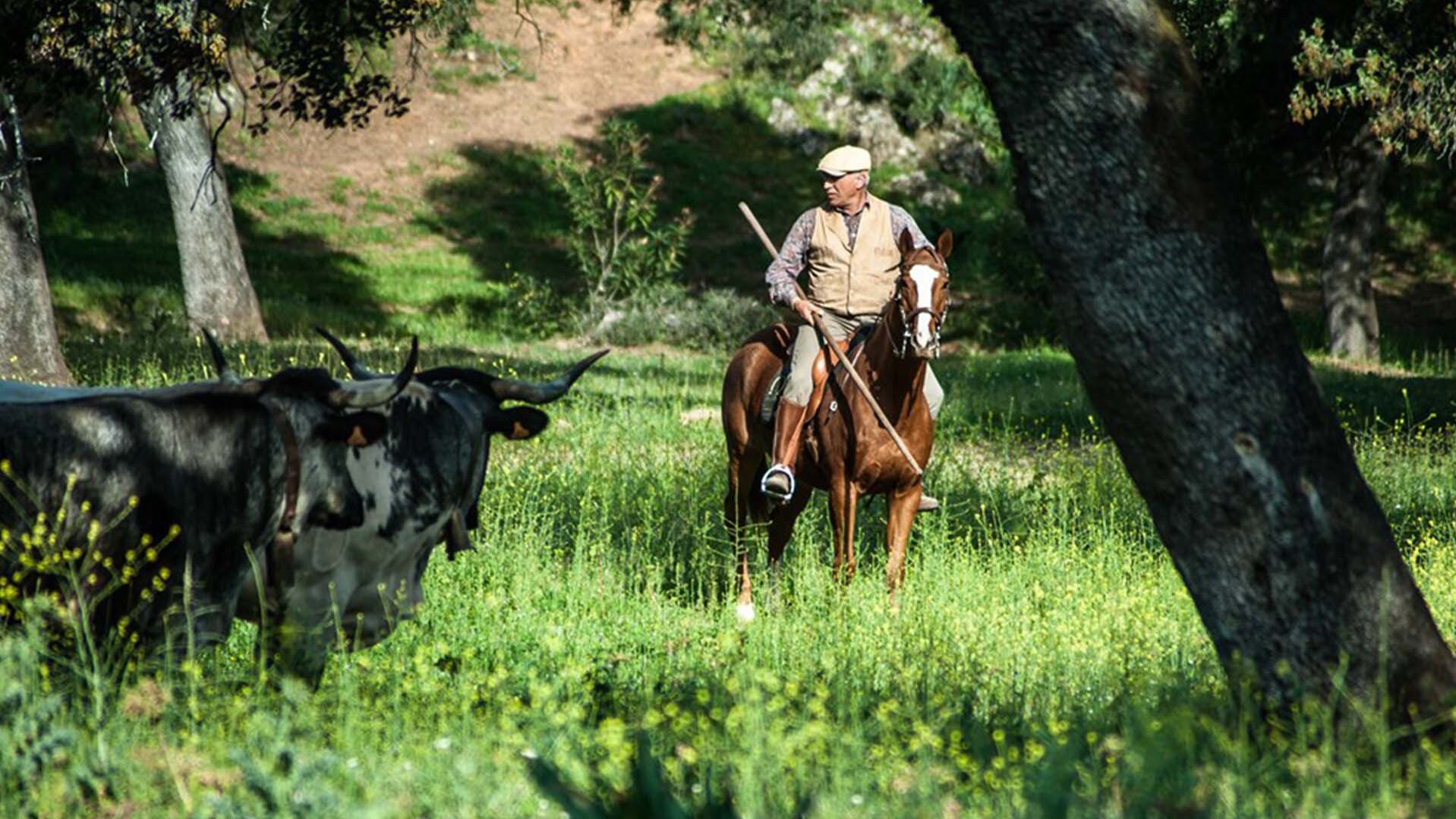
Cattle work is a speciality of Working Equitation. It imitates cattle work on the campos, where riders separate individual cattle from the herd to vaccinate them, for example. But that's not all: the cattle herders also have to contend with a number of obstacles, for example they have to be able to open and close gates from horseback without a cow escaping. Not all that easy!
The Working Equitation horse
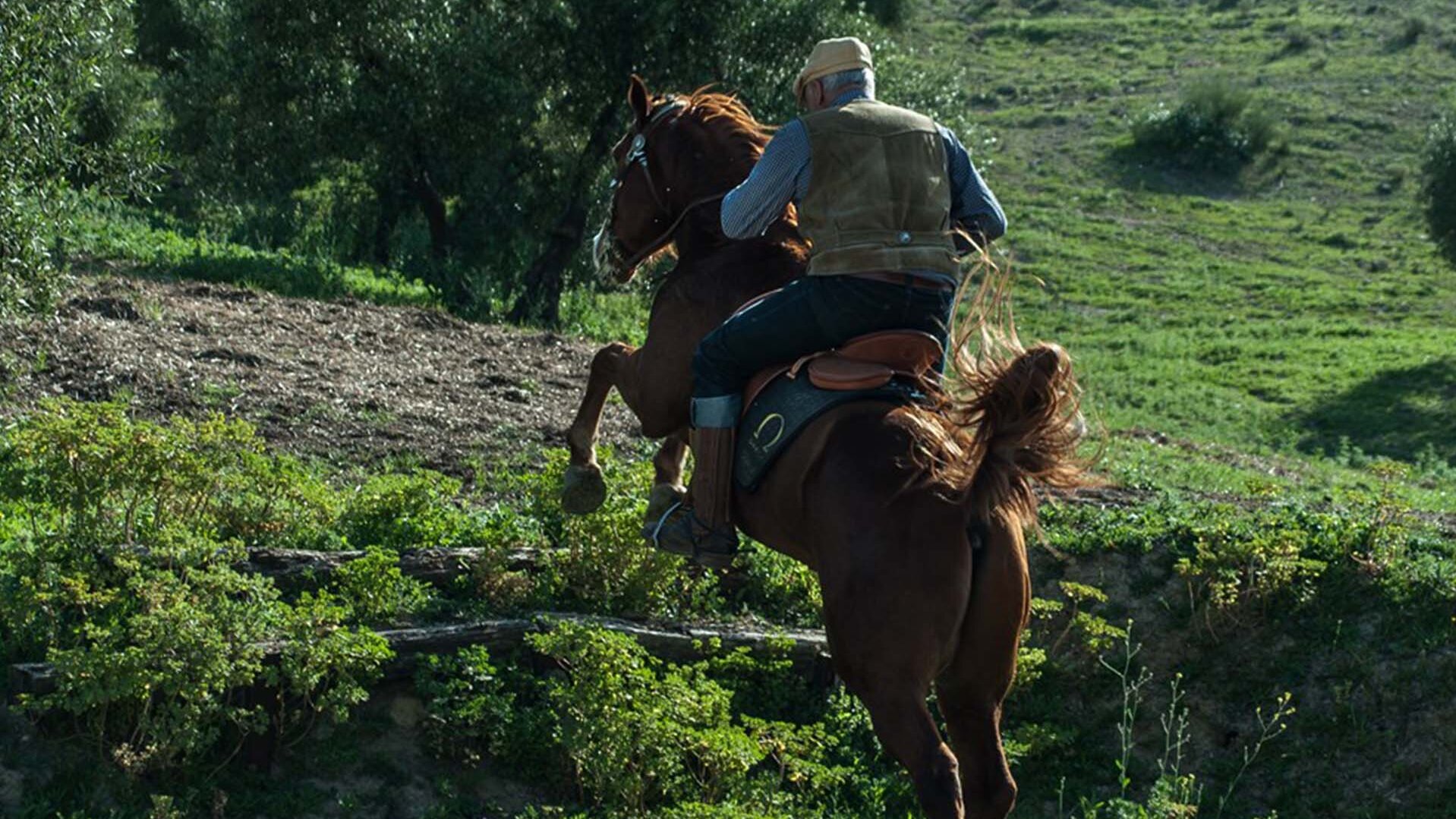
And what do you need? Simply a well-ridden, supple, obedient, willing to collect but also manoeuvrable horse that has been ridden according to the classic points of the training scale, regardless of breed! The focus is on the rideability and obedience of the horse. There are 4 disciplines to be tested: Dressage, trail, speed trail and cattle work.
